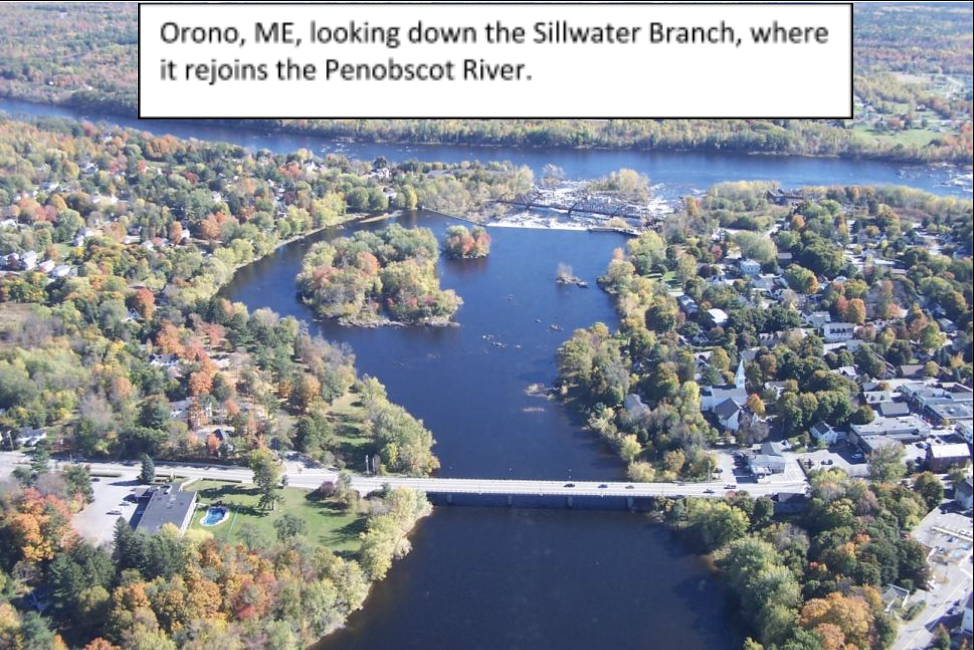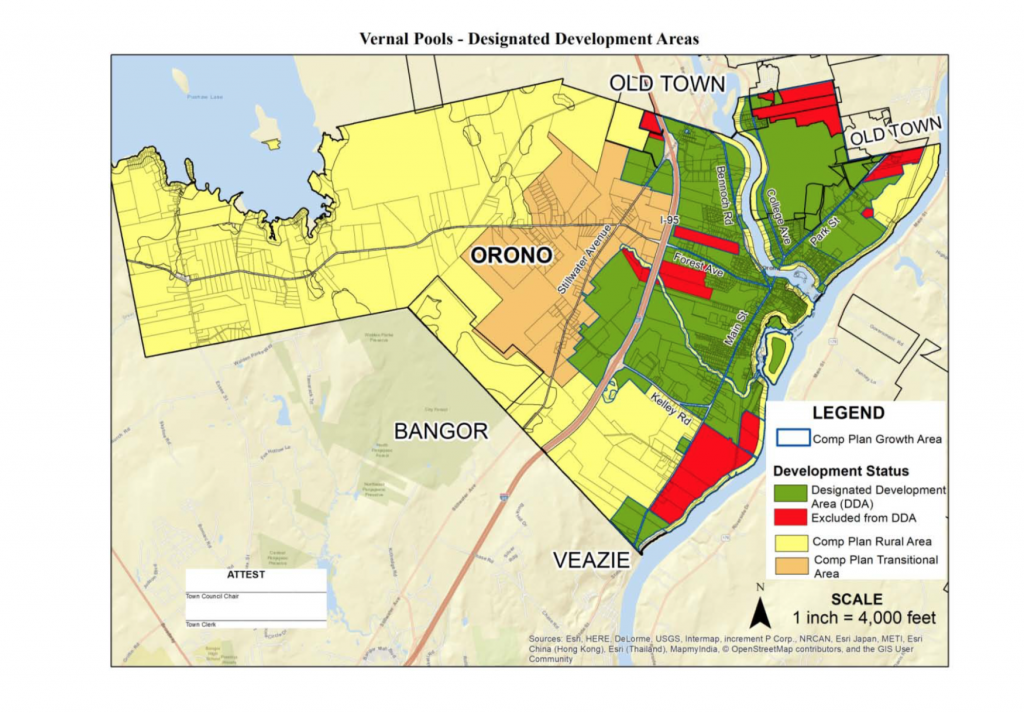Town of Orono
Who Are We?
 Orono is a river and college town of about 11,000 people. It is home to the University of Maine, the flagship of the University of Maine System. The entry into town along U.S. Route 2 is through an historic district with distinct 19th Century and early 20th Century architecture. Downtown, schools, library, places of worship, and trails maintained by the Orono Land Trust are all within walking distance of in-town neighborhoods. Orono is adjacent to the central city of Bangor, and many Orono residents work at the regional hospital and businesses in Bangor, as well as at the University and in the Town’s technology park.
Orono is a river and college town of about 11,000 people. It is home to the University of Maine, the flagship of the University of Maine System. The entry into town along U.S. Route 2 is through an historic district with distinct 19th Century and early 20th Century architecture. Downtown, schools, library, places of worship, and trails maintained by the Orono Land Trust are all within walking distance of in-town neighborhoods. Orono is adjacent to the central city of Bangor, and many Orono residents work at the regional hospital and businesses in Bangor, as well as at the University and in the Town’s technology park.
The western two-thirds of the Town is mostly rural, with some residential homes but also woodlands, the Caribou Bog (a domed peat bog), recreational areas, and a seasonal community at the southern end of Pushaw Lake.
Why did we participate in the Maine Vernal Pool Special Area Management Plan (SAMP)?
At the core of the Town’s comprehensive plan for growth is encouraging walkable neighborhood and economic development close to in-town services while conserving large areas of open space in the rural area of town. At times natural resource restrictions in the in-town or “growth” area forces the opposite: in-town development is blocked and the development migrates to outlying areas where development is easier. The SAMP offers a modified version of “transfer of development rights” – a version that can help the Town promote in-town development and conservation of vernal pools and related rural lands at a landscape level.
What are the advantages to the Town in use of the SAMP?
Using the SAMP allows the Town to streamline certain development permitting within its designated growth area, while allowing the Town and its project partner, the Orono Land Trust, to approach rural landowners with the opportunity to receive compensation for conservation easements to protect vernal pools on their lands. It also has allowed the Town to more firmly base its land use regulations on understandable science brought to us by wetlands ecologists.
What challenges did we encounter and how did we overcome them?

Orono Designated Development Area
The ramp-up to actually adopting and receiving the delegated authority to implement the SAMP in Orono is a multi-step process, starting with inventorying known, potential vernal pools (through aerial imagery and field investigation), communicating with rural landowners for permission to enter their lands for the field investigation, securing the participation of a third party conservation organization, and assuring that all the legal documents and permissions are in place. The SAMP has models for most of the documents, which have helped a lot. The field investigations were able to be carried out in large part by “citizen scientists” – made possible by the training offered through the University of Maine experts carrying out this pilot effort.
With implementation (nearly) fully in place, the next challenge will be to succeed with a first project to be able to more completely understand the costs of conservation, the fees required, etc. We are discussing an approach to meet that challenge through a pilot effort in cooperation with the Orono Economic Development Corporation.
Questions For Us?
Kyle Drexler, Town Planner, kdrexler@orono.gov
Dave Milan, Director of the Office of Community Development, dmilan@orono.gov
Town of Orono, 59 Main Street, Orono, ME 04473
